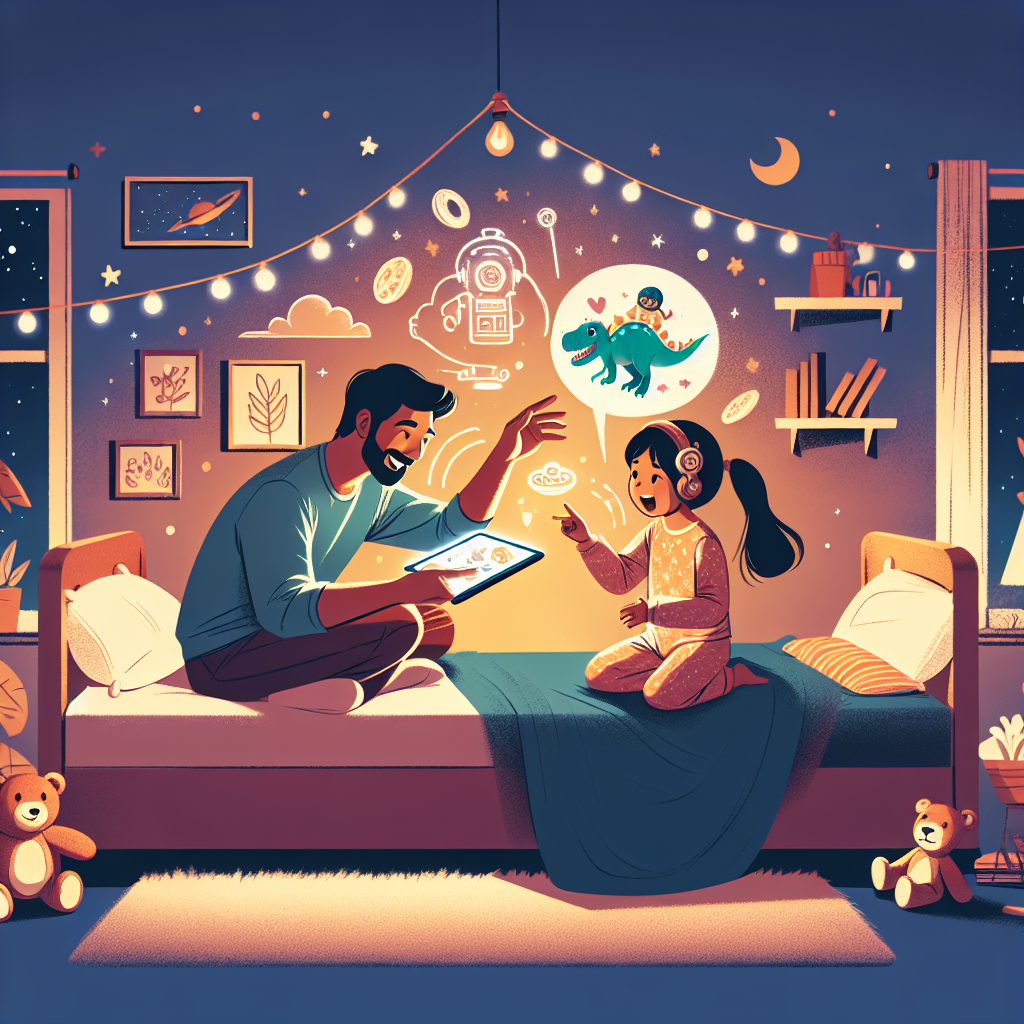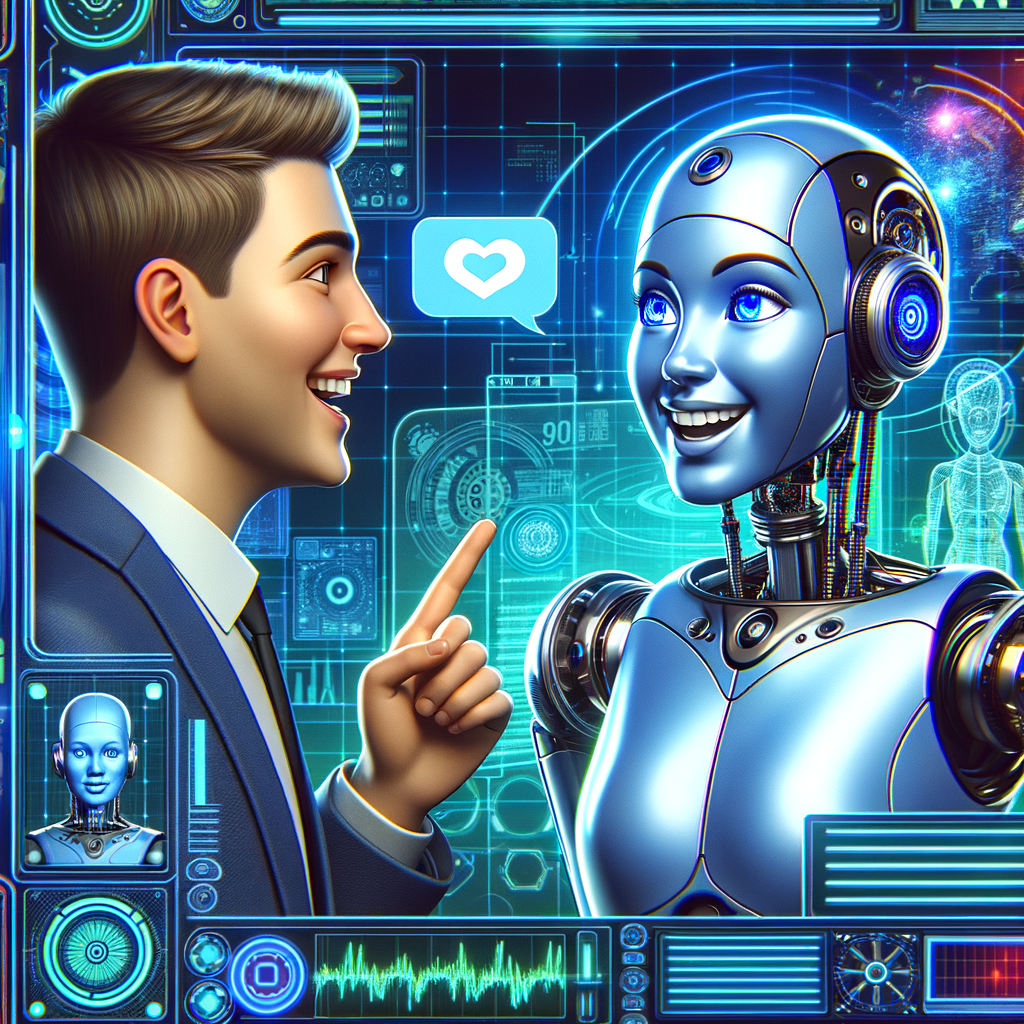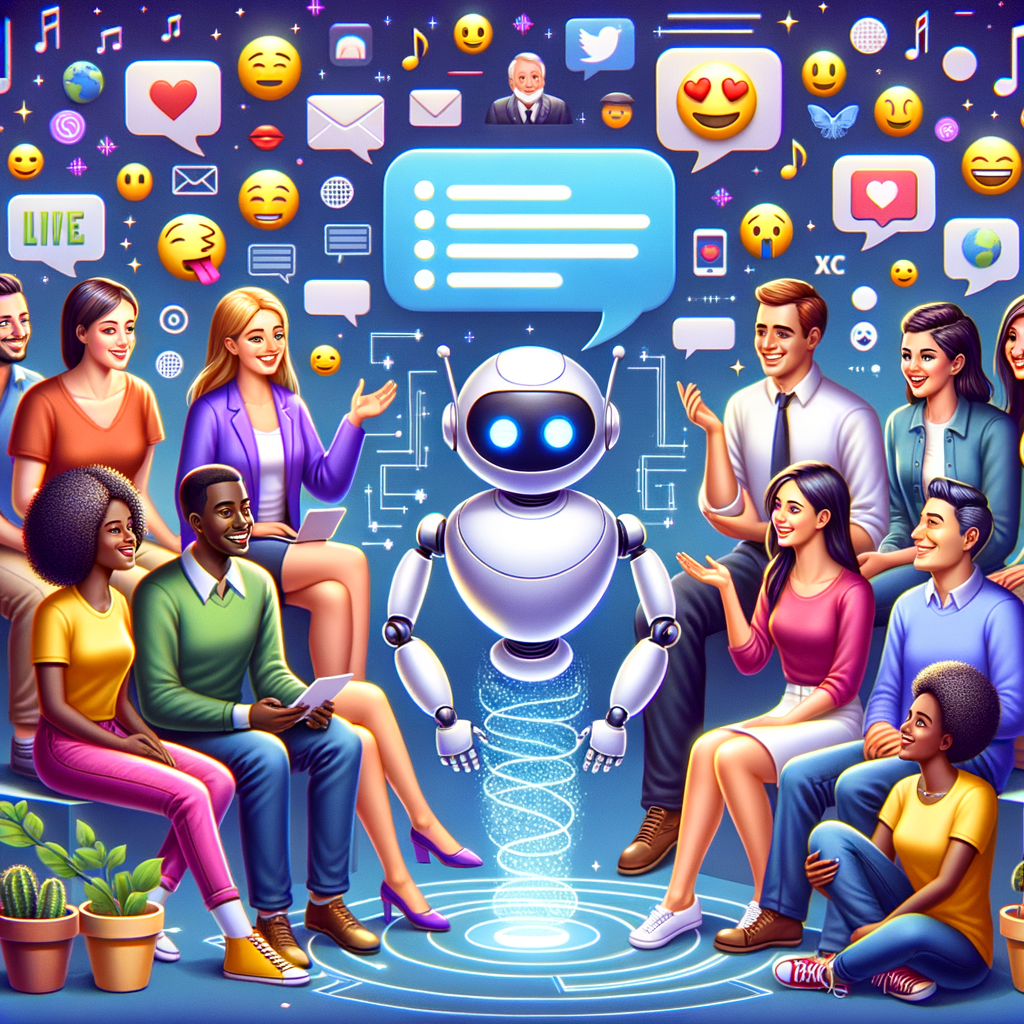Unraveling the Magic Behind Chatbots: How They Learn From You
Ever wondered how chatbots, those smart conversationalists that pop up on websites and messaging apps, get so…smart? It’s like they know just what to say, making you wonder if there’s a tiny human squished inside your device, typing away. But no, it’s much more fascinating than that. Today, we’re diving deep into the enchanting world behind chatbots and how they learn from our very own interactions. Brace yourself; it’s a journey that’s as captivating as it is enlightening!
The Brains Behind the Bot
At its core, a chatbot’s brain is not much different from a toddler’s — both are sponges for new information. However, instead of cartoons and bedtime stories, chatbots feed on data, lots of it. This data comes primarily from conversations they have with us, their training manuals, if you will. Through a process known as Machine Learning (ML), these digital chatterboxes gradually improve their understanding of human language and responses. But how does this process really work? Let’s get into the nitty-gritty.
Machine Learning: The Core
Imagine giving a chatbot hundreds of books to read in a night. By morning, not only has it read them all, but it’s also ready to discuss any topic from those books in depth. That’s machine learning — a computer algorithm that learns and improves from experience without being explicitly programmed for specific tasks. In the context of chatbots, machine learning algorithms analyze vast amounts of conversation data. They recognize patterns, like how certain questions are commonly phrased or what topics follow others, and use this information to predict and formulate appropriate responses.
Natural Language Processing: Understanding Humans
Another piece of the puzzle is Natural Language Processing (NLP). This technology helps chatbots understand human language in all its complexity: slang, typos, colloquialisms, and all. NLP breaks down language into smaller, digestible parts, helping bots grasp the meaning behind words and phrases. It’s like teaching a child the alphabet before expecting them to read. With enough exposure, chatbots learn to not only recognize but also interpret and respond to a wide range of language inputs.
Feedback Loops: Learning From Mistakes
Just as humans learn from their mistakes, so do chatbots. This is where feedback loops come into play. Each interaction with a human is a learning opportunity. When a chatbot’s response is off-mark, and it receives corrected input either from a human overseer or the user themselves, it adjusts its understanding. This process of trial, error, and correction helps refine the chatbot’s responses, making it more accurate and human-like over time.
Chatbots in the Wild: Real-World Learning
So, where do chatbots get their training data? Initially, chatbot developers feed them a diet of example conversations and simulate interactions based on common scenarios. But the real learning happens in the wild — every conversation a chatbot has is a chance to learn something new. This is why some chatbots start off a bit clunky but get noticeably smoother as they interact with more people.
Think of it as socializing a puppy. The more people and pets it meets, the better it becomes at interaction. Similarly, the more diverse conversations a chatbot experiences, the broader its understanding and the more nuanced its responses become.
Final Thoughts
Chatbots might seem like they’re operating on some sort of digital sorcery, but the reality is just as fascinating. Through a complex dance of machine learning, natural language processing, and constant feedback, these virtual conversationalists are learning from every interaction. They evolve, adapt, and become more adept at understanding and responding to us, bit by bit.
Next time you chat with a bot, consider the intricate web of learning that’s happening beneath the surface. It’s a testament to human ingenuity and technological progress, a magical journey of learning and growth — not just for the chatbots but for us as their teachers and companions.
“`


